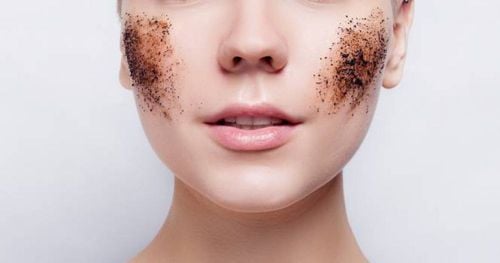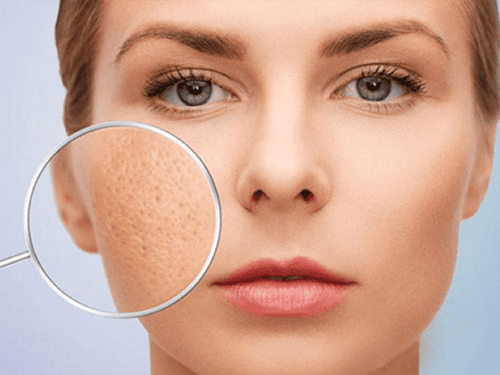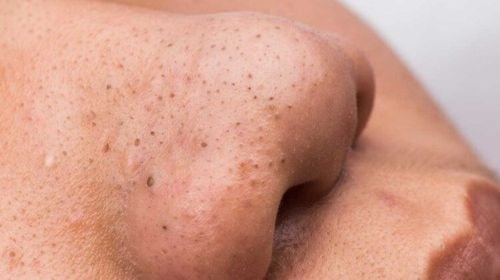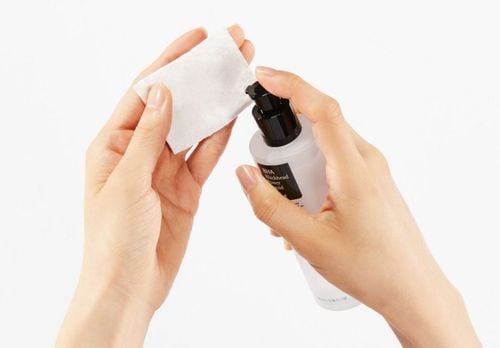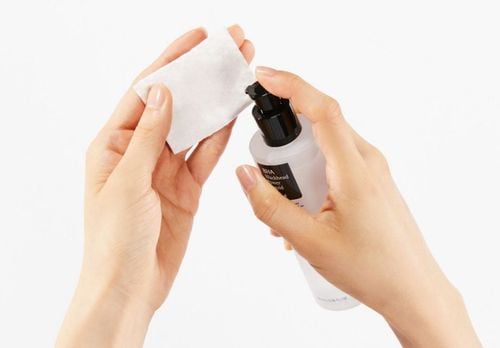This is an automatically translated article.
Exfoliation is the process of removing dead skin from the face and body. This is one of the keys to smooth, healthy skin. Exfoliating your feet is a quick, easy way to get even, smooth skin. Always be careful not to over-exfoliate, as this can irritate the skin and potentially damage the skin barrier.
1. Exfoliate your feet with store-bought products
Many easy-to-use store-bought products can be used in the shower or on dry skin to help you manually exfoliate your feet.
Foot scrub brush or sponge
Foot scrub brush or sponge has a rough texture to remove dead skin as you exfoliate. Dry brushing is when you use a brush or sponge on dry skin. In addition to exfoliating, usage like the one above can also help improve circulation, reduce the appearance of cellulite, and can help remove toxins through the lymphatic system. Other brushes can be used on damp skin with regular body washes. There are also exfoliating gloves that are easy to hold and convenient in the shower.
Granular Exfoliating
Exfoliating scrubs contain granular particles that have an exfoliating effect on the skin. You can gently apply the scrub in a circular motion to your feet to exfoliate your calves and make them softer to the touch. Make sure your scrubs don't contain microplastics as they can be abrasive to the skin and have a negative impact on the environment after they go down the drain. In fact, some states have even banned these products. Sugar or another natural granular texture is a better choice - just don't rub sugar on your face, where the skin is thinner and it could do more harm than good.
Alpha hydroxy acids (AHAs)
AHAs are chemical exfoliants, a trusted active ingredient that helps remove dead skin. Two of the more common AHAs are lactic acid and glycolic acid. Many people hear the word “acid” and fear that AHAs can be harsh and strong, but if used correctly, they can actually be quite gentle. AHAs are water-soluble acids usually derived from fruit, and they gently dissolve the outer layer of the skin.
Salicylic Acid
Salicylic acid is a beta hydroxy acid (BHA) and it's also a chemical exfoliant. Although it shares properties with AHAs, salicylic acid tends to work deeper in the skin and is good for acne-prone skin. Salicylic acid is derived from natural sources, including willow bark. Some over-the-counter products contain both AHAs and salicylic acid.
MORE: What is chemical exfoliation?
2. How to remove dead skin on feet with home remedies?
If you like to make your own foot scrubs, there are effective ways to make them using materials and ingredients that are readily available at home.
Loofahs or towels
Since loofahs and towels have a coarse texture, they can be used to effectively exfoliate. To exfoliate with a towel or loofah, wet it with warm water. If it's dry, it may be too rough and cause skin damage. Rub the cloth in small circles over your feet, then apply moisturizer.
Coffee grounds
If you're trying to use an exfoliating blend to reduce the appearance of cellulite, let it sit on your skin for a few minutes. Studies show that caffeine can temporarily reduce cellulite. Combine 1/2 cup of coffee grounds with 2 tablespoons of hot water, adding 1 tablespoon of olive or coconut oil if you have dry skin. Massage the scrub onto clean feet in the shower, this will make cleaning easier, then rinse. You may also have to clean your feet in the shower.
Sea salt
The coarseness of the sea salt will peel the skin of your feet, but be careful if you cut your hands as the salt can sting. Combine 1/2 cup sea salt, 1/2 cup oil, and a few drops of essential oil (optional). Apply a small amount of the scrub on wet feet and massage in a circular motion.
Granulated sugar honey mixture
Honey has antibacterial and antimicrobial properties, so it is very beneficial for your skin. Honey is also a humectant, maintaining moisture in the skin. Combine 1/2 cup brown sugar, 1/4 cup coconut oil, and 2 tablespoons honey. Apply the mixture on your feet and rub in a circular motion. It's best to apply it in the shower to prevent honey from sticking to other surfaces. Rinse until you no longer feel sticky.
Brown Sugar
Brown sugar is an inexpensive ingredient that you probably already have at home that makes exfoliating your feet convenient and easy. But it should be noted that brown sugar should not be used on your face or other sensitive parts of your skin. Combine 1/2 cup of brown sugar with 1/2 cup of oil you have on hand. Coconut, olive, almond or grapeseed oils are all good choices. Apply the mixture in a circular motion to your feet and rinse.
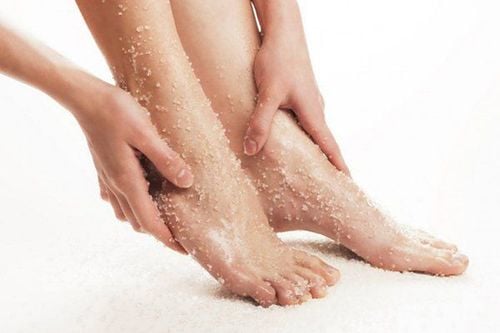
Sử dụng một lượng nhỏ hỗn hợp muối biển sẽ giúp tẩy tế bào chết ở chân
3. How to exfoliate your feet safely
Depending on the method of exfoliation, the appropriate exfoliation method will be different.
Brush and sponge
There are lymph nodes behind the knee so using a brush there can help with lymphatic drainage. Brush the skin on the legs from the groin to the heels in a circular motion. Apply just enough pressure for you to feel it, but not so much that it hurts. If you're using a loofah or brush in the shower, make sure your body is moist.
Scrub
First, wash your feet to avoid pushing dirt or oil deeper into the skin. Then, squeeze the scrub into the palm of your hand and apply to the body in small, circular motions. Make sure to use it on the entire leg, front and back. Remember to stop if you notice redness, irritation, or if rubbing causes pain.
AHAs and BHAs
Chemical exfoliants, such as AHAs and BHAs, can be used slightly more often than manual exfoliants, as they are non-abrasive. Instead of sloughing off dead skin, they melt an outermost layer of skin. Some chemical exfoliants will be soaked in an scrub or shower gel, so they can be washed off afterwards. Other chemical exfoliants are sprays, serums, or lotions, and these can be left on overnight and will be absorbed into the skin.
4. How many times should you exfoliate your feet?
In general, you should not exfoliate more than once or twice a week. The American Academy of Dermatology recommends spacing out between exfoliation, especially if you have dry or sensitive skin.
If you have oily skin, you can exfoliate more often. However, it's important to carefully read the directions for use of store-bought exfoliants and not rub too roughly with the scrub brush, sponge, or glove.
For manual exfoliation, 3 minutes is usually enough to remove dead skin, but time can vary depending on foot size and skin dryness.
MORE: Should you exfoliate for oily skin
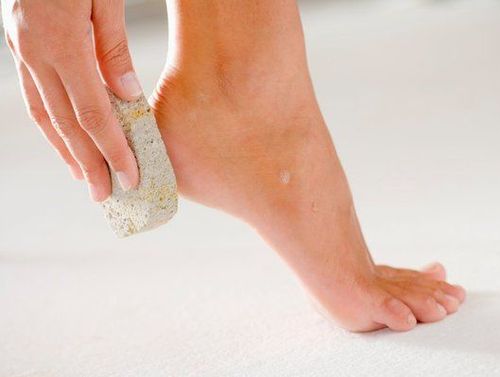
Nên giãn cách thời gian giữa các lần tẩy tế bào chết ở chân
5. Notes when exfoliating the feet
There are precautions you can take to avoid irritating your skin, including:
Lightly press when exfoliating, but using too much force makes you feel pain. Stop exfoliating if your skin is red, inflamed, or flaky. Particularly gentle on sensitive areas of the legs, including behind the knees. See your doctor if your skin is red, stinging, or has an allergic reaction to a product you've used. Avoid exfoliating if you're using products that contain salicylic acid, retinol, or benzoyl peroxide, all of which already have exfoliating properties.
Please dial HOTLINE for more information or register for an appointment HERE. Download MyVinmec app to make appointments faster and to manage your bookings easily.
Reference source: healthline.com




